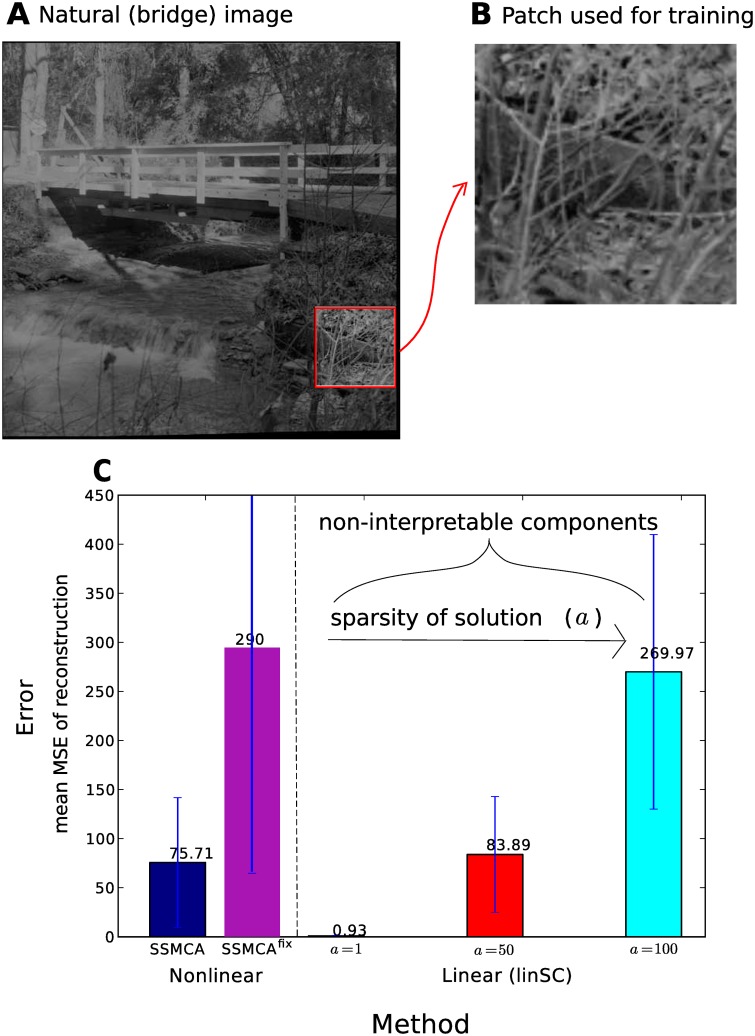Fig 9. Results of comparative experiments of linear and nonlinear sparse coding methods on component learning/image reconstruction on natural image patches.
A shows the original natural image data, bridge.jpg [39], from which we cut an occlusion-rich underbrush region. B shows the original section taken from A, scaled up to 256 × 256 pixels, which was then cut into overlapping patches and given independent Gaussian noise with σ = 5 to compose the considered dataset. C shows the mean squared error (MSE) of the compared nonlinear and linear methods’ reconstruction averaged over the entire dataset, with the standard deviation indicated with error bars. The trend is the same as in the artificial occlusions data experiments: the nonlinear method maintains reasonably low MSE, while learning a sparse set of interpretable components, whereas the linear method achieves a very low MSE only when it does not learn a sparse (and never interpretable) solution of components.

